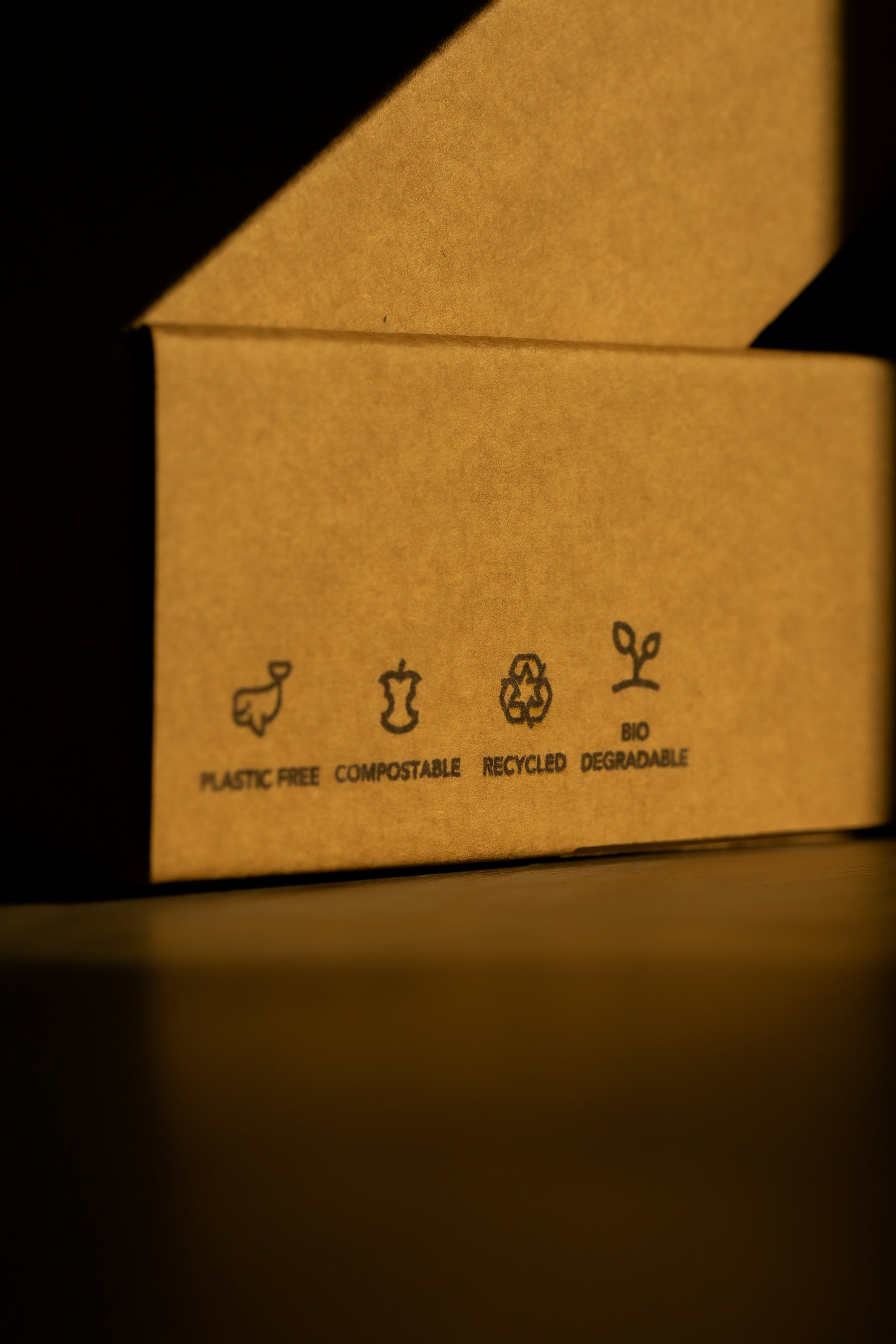Ecommerce is growing more rapidly compared to previous years. In 2020, the increase in online sales was noticed worldwide. As the ecommerce industry grows, the subsequent growth in the number of deliveries is also on the rise. Those who work in retail must be aware that supporting eco-friendly brands that are good for the environment is now a main factor in people's picks. New generations of shoppers are more focused on adopting sustainability in everything so that we can build a sustainable world.
With the increase in e-businesses, there have been other amenities for buyers, such as instant deliveries and easy returns. Businesses that offer high-level services while being environmentally friendly, are proving to be a good choice for the buyers in the market. Meanwhile, people are more conscious regarding the sustainable approach and demand sustainable products and eco-friendly packaging.
We’ll walk you through 5 effective methods in which ecommerce companies can reduce their carbon footprint and make a positive impact on the environment.
A Few Key Shopping Trends
- Companies promoting sustainability in their products see growth and adoption rates around 5.6 times higher than those who don’t.
- Gen Z purchasers think of their carbon footprint while buying or planning to buy something.
- Consumers are more attracted to those brands that support sustainable living and implement them into their purchaser's lifestyle.
Consumers want to follow a track that leads them to a sustainable life. However, to implement this lifestyle, they need help from brands. Due to the shift towards sustainable shopping, the growth in greenhouse gas (GHG) emissions from the ecommerce sector needs a greener solution.
Taking a sustainable approach provides benefits to brands in various ways, including establishing their corporate reputation in the market and being already set for the ever growing amount of climate activity regulations. In addition, such facts create a competitive and attractive brand image that helps attract particular customers and employees.
Let's take a plunge into learning the carbon footprint of ecommerce and the necessary activities your brand can take to become carbon neutral.
5 ways to reduce your carbon footprint
Adopting sustainability is a concept that goes beyond the packaging process. Companies need to look at their overall business systems, including their warehouses and office running tactics. Even as an ecommerce brand, the electricity and power usage in your warehouses or fulfillment centers shouldn't be ignored as they can be a main driver in your overall sustainable progress.
The process is simple–you can turn off extra machines that are currently not being used, use low-energy lighting, and reduce the temperature in the office. Moreover, transferring to a renewable energy source is the major essential step to take while adopting sustainability. In this way, you can create a win-win situation by reducing emissions, and by decreasing your power consumption, which can lower energy bills.
Reduce your packaging size and make it more sustainable
Have you ever received a big parcel with small products inside and the rest of the space is filled with other materials?
Vendors often ship products in standard-sized boxes with a lot of empty space left, which they cover with additional useless things. However, shipping the products in small packages will help save unnecessary material that goes into waste. It also becomes more convenient for the transport and shipping services to handle. This way, the package becomes more climate-friendly. With the idea of such packaging, companies are likely to reduce 30% of their carbon footprint, which is a considerable amount of reduction in companies.
Another thing ecommerce companies can do is use recycled paper and other materials for packing and shipping, rather than plastic bags and non-disposable materials. Focusing on the packaging will put your company on the right track to becoming environmentally friendly. For instance, Arka provides custom-made packaging designed sustainably for ecommerce businesses. Using recycled packaging like this is another way to reach your sustainability goals at affordable prices.
Make ways to reduce the client's returns
In recent reports, it has been noticed that people intentionally order more products when returns are offered free. So, if the companies change their return policies to no-free returns, consumers might have to think twice before ordering any additional items they plan to return.
Considering this fact, ecommerce brands need to add detailed descriptions, high-quality images and videos, and size guide charts. This will help buyers pick the most suitable product that will fit their needs. Companies can use other technologies such as augmented reality that enable shoppers to try on the products before ordering. Furthermore, the organization should implement sustainable return policies and processes such as including a note that encourages customers to return their products in the same packaging they received them in.

Make amends for unavoidable emissions
Carbon offsetting is another way to reduce emissions. You can carbon offset by taking part in projects that are working on climate change or by financially supporting high-impact climate projects like rainforest protection projects, or global renewable energy projects.
Carbon offsetting involves compensating for your company’s emissions in some way.
The two major emission drivers in ecommerce are delivery and packaging. Companies can offset 100% of carbon emissions by only working on these two major facts. Suppose you decide to make carbon offsetting part of your climate strategy. In that case, you need to participate in ongoing reputable projects that are certified by international standards.
Personalized marketing communication
To communicate to a broader audience to deliver your company's values, brands can adopt marketing communication via traditional or digital media means. While there are pros and cons of each, digital marketing takes the cake when it comes to sustainability. Using online media means can reduce the materials needed to produce traditional media like print ads or mail flyers.
Traditional, non-personalized marketing has the potential to spread your message to a wider audience, but it is likely that only a small number of them will convert into customers. Non-personalized messages focus less on the set of values that a brand provides to a specific consumer, having a far less significant impact on their purchasing decisions. With modern customer data platforms, there is an opportunity for businesses to generate hyper-personalized messages for every single ecommerce customer's purchase habits and preferences.
Therefore, hyper-personal communication is considered a much more sustainable marketing strategy than traditional media. So, in the era of personalized marketing, there is a higher chance of getting noticed by your consumers when you leverage personalized messages.

Improve carbon transparency by recognizing your biggest emission drivers
You will be able to manage the measurable stuff. Therefore, building carbon transparency and identifying your carbon footprint is a crucial part of improving your company's sustainable functions. Plenty of software helps measure the major emission drivers in your ecommerce company, including the logistics and other drivers. By knowing your company's actual carbon contributions, you will be able to identify and implement data-driven solutions that reduce emissions over time.
As an ecommerce business owner, you should be aware of the strategies that will drive your company more rapidly towards sustainability and let your customers know what you’re already doing. Displaying any sustainability certifications you’ve earned on your website is a great way to be transparent with customers. In addition, if you do not make efforts to transform your business towards being eco-friendly, you may have to pay an expensive carbon footprint or CO2 tax. Not only will you be supporting the planet, but making sustainable decisions will minimize your expenses and risks.
As environmental taxes increase, it will become difficult for small businesses to pay additional percentage fees on every purchase. Hence the future of ecommerce can be green if you start making sustainable choices right away and start implementing those changes in your business model. But remember, you need to look at the entire product cycle from design to logistics to the end product, and ensure you’re being sustainable every step of the way.







